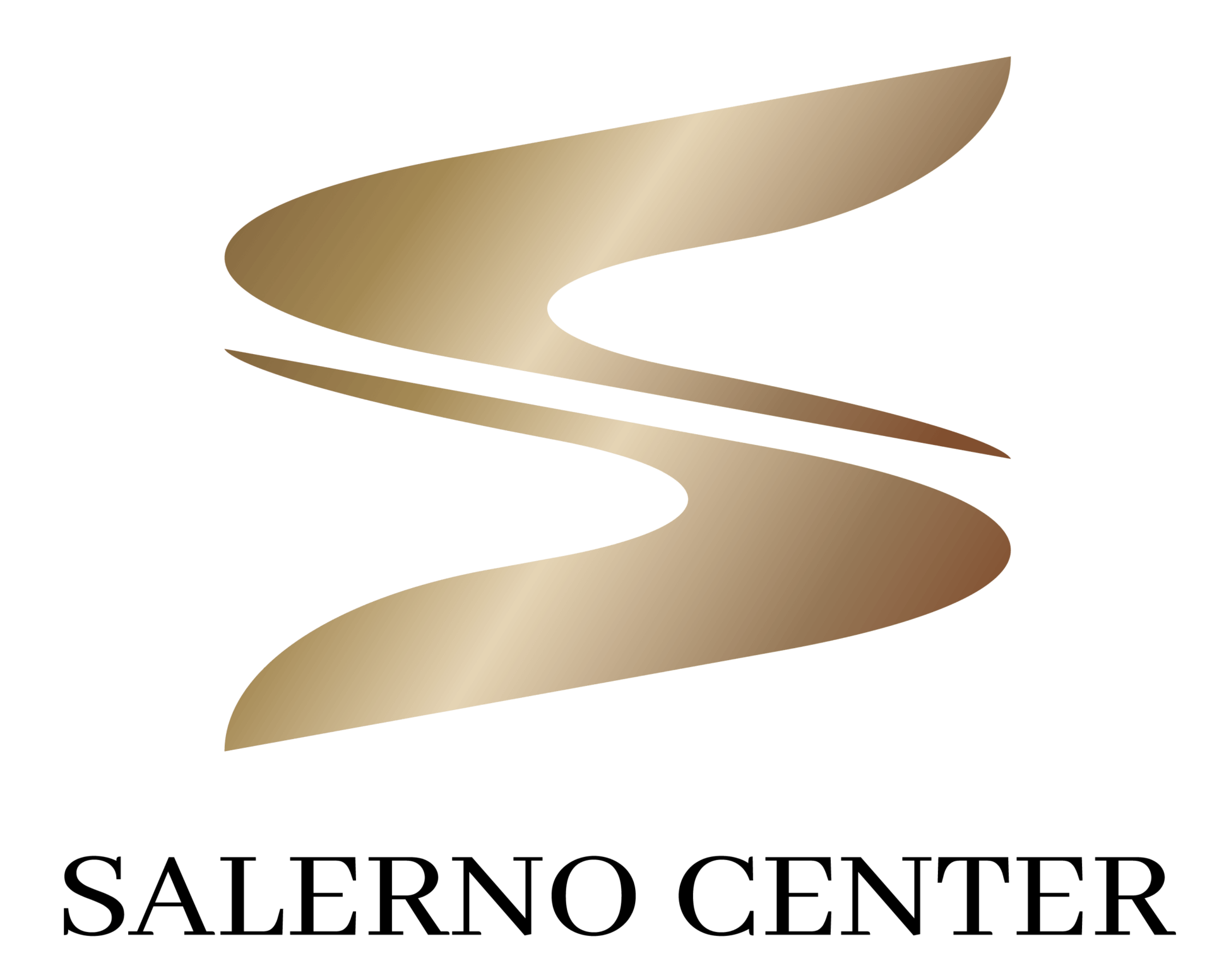VIEW OUR CURRENT SPECIAL OFFERS
OSTEOPATHIC MANIPULATIVE TREATMENTStretching, resistance, and gentle pressure work together to promote healing, reduce tension, recover from surgery, lower stress levels, increase mobility, and decrease inflammation.
Osteopathic Manipulative Treatment (OMT) is a form of hands-on manual treatment that is used to eliminate or alleviate somatic (bodily) dysfunctions in the body. These dysfunctions are impaired or altered functions of related components of the body’s framework that includes skeletal, joints and myofascial structures, related vascular, lymphatic and neural elements. Stretching, resistance, and gentle pressure work together to promote healing, reduce tension, recover from surgery, lower stress levels, increase mobility, and decrease inflammation.
Step 1: Heavy metal challenge testing
Designed to reveal the total level of heavy metal toxicity stored in body tissue and organs over a life time
Step 2: Review your lab:
Review your in-depth lab work and create a personalized plan for improved metabolic health.
Step 3: Follow a physician :
Follow a physician supervised plan,doctor-supervised plan every five weeks.
What is Thyroid Disease?
Taking the – RIGHT – doctor prescribed vitamin and mineral supplements, along with eating right, are key.
After all, how can you slow down how fast your body is aging if it isn’t getting enough of
the stronger, high-quality vitamins and minerals for the body to even do its job?
What are some of the uses of OMT?
- Lower back pain
- Gait abnormality
- Chronic neck pain causing headaches or migraines
- Lower back pain associated with menstruation
- Carpal tunnel syndrome
- Shoulder pain associated with rotator cuff muscle dysfunction
What are some techniques used in OMT?
Articulation – a low velocity/moderate to-high amplitude technique, in which a joint is carried through its full range of motion. The end goal is to increase the range of motion of joint.
Counterstrain – a technique in which dysfunction is caused by inappropriate strain reflex. This is inhibited by applying a position of a mild strain in the in the direction exactly opposite to the strain reflex. The technique is accomplished by specifically directed positioning about the tender point.
Muscle energy – a technique in which the patient voluntarily moves the body as directed by the physician. This patient directed action is from a controlled position (that is engaged by the physician) and against a defined resistance by the physician.
Myofascial release – can be direct (against the resistive barrier) or indirect (towards the resistive barrier). This technique engages continual palpatory feedback through physician’s hand to achieve the release of tissues.
Soft tissue techniques – directed against skeletal muscles and joint abnormalities.
Some of the techniques utilized are:
- Longitudinal stretch or traction
- Kneading or lateral stretch
- Inhibition or sustained pressure
- Thurst- direct technique that uses high velocity/low amplitude forces to treat the joint dysfunction
- Visceral techniques- are techniques used for internal organs. The treatments are directed to improve the physiologic function of the internal organs.
Frequently Asked Question
Osteopathic Manipulative treatment
Osteopathic manipulative treatment was first developed by Andrew Taylor Still in 1874. Dr. Still avoided the use of liberal drugs and searched for alternative treatments instead. He believed that as a physician, his role was to facilitate the inherent ability of the body to heal itself. He developed Osteopathic manipulative treatment and a philosophy of medicine based on his experience
Health care providers that use manual medicine and manual therapy include Doctor of Osteopathy (D.O), Medical Doctor (M.D), Doctor of Chiropractic (D.C), Physical Therapist (P.T) and individuals that train in massage. Individuals who hold the Degree of D.O or M.D are able to include Osteopathic Manipulative Medicine along with prescriptions for medication and surgery. This integration of various techniques is unavailable for individuals who hold the D.C or P.T degrees.
If you are suffering from chronic back pain, headaches, sinus congestion etc, adding OMT as an adjunct to current treatment can help with symptom and pain relief.
Somatic dysfunction is diagnosed using four different criteria; tissue texture abnormality, asymmetry, restriction in motion and tenderness. A structural exam is used to diagnose identify the exact location of dysfunction. Screening tests such as a gait exam and postural exam are also used. There are different screening tests for different areas of the body.
Each treatment plan depends on patient preference, physician skills, history and exam findings. Additionally, braces, thermal therapy, and home exercises can also be used to complement OMT.
The technique of OMT itself is painless, although sometimes after manipulation soreness can occur. Heat packs can be applied for 20-30min, before or after treatment to reduce stiffness and ache.
